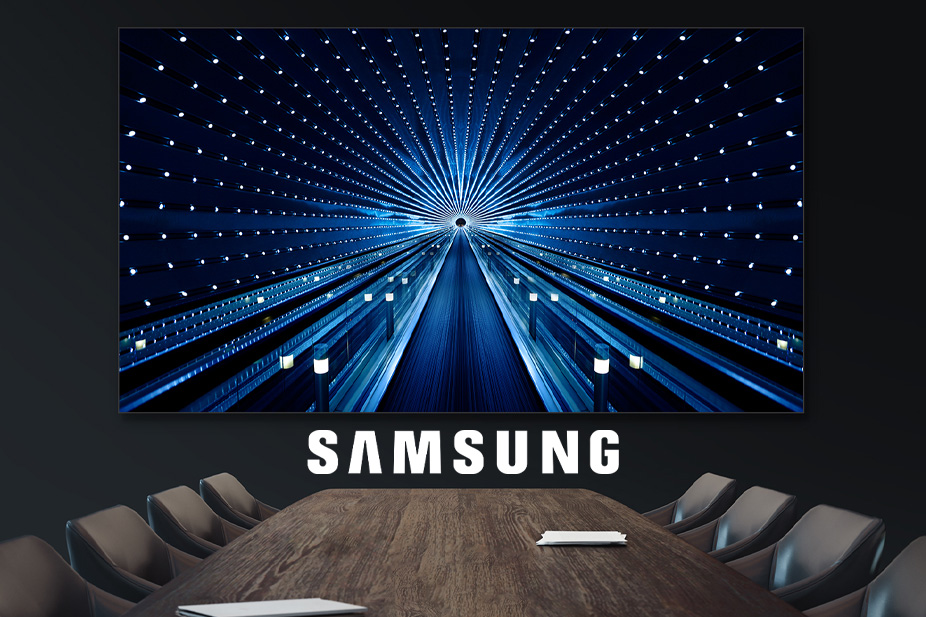Episode 2, Hot Takes with Maz & Wheelz
This Video Series was recorded by Exertis Almo's Business Development Managers:
Dan Mazurkiewicz, DSCE, and Liz Wheeler, DSCE.Continuing “Hot Takes” with Maz & Wheelz – a video series of conversations about LED technology.
The 2nd episode with Exertis Almo’s Business Development Managers, Daniel Mazurkiewicz and Liz Wheeler, is all about total cost of ownership over time. Guest, Jonathan Brawn, Principal at Brawn Consulting, discusses considerations for choosing LED vs LCD vs Projection. What are the pros and cons you need to consider?
Watch to listen in on their conversation!
Did you find this video helpful? Connect with us and #TeamExertisAlmo over on LinkedIn.
Find more episodes on the Exertis Almo YouTube Channel.


Dan Mazurkiewicz | DSCE
Business Development Manager
Supported Manufacturers: Samsung Pro (SW, West, NW)

























